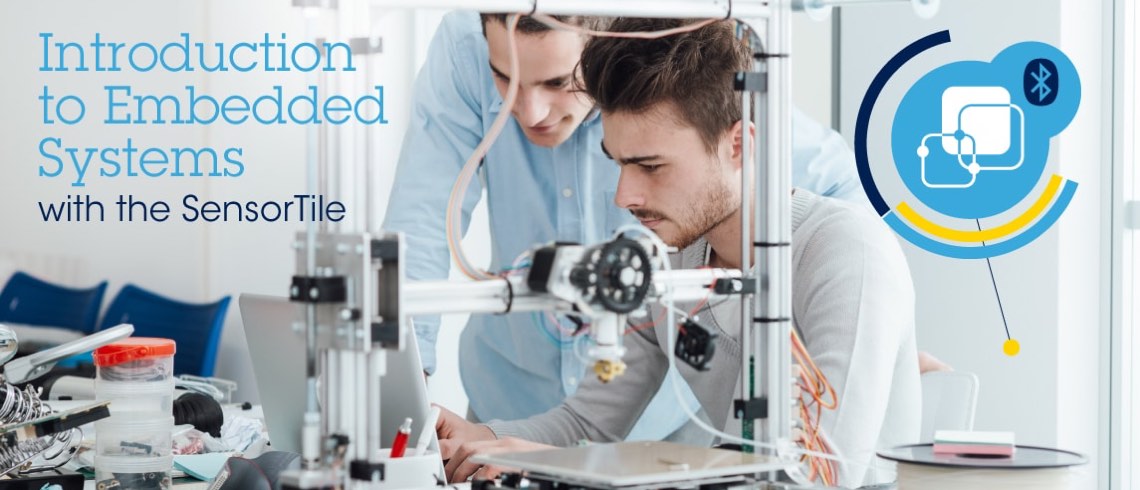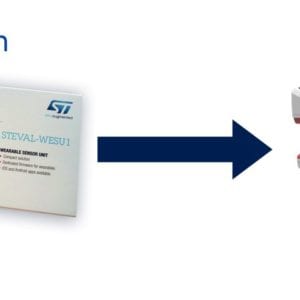Update August 30, 2018:
The reference designs of six SensorTile capstone projects are now available online. They include documentation, source code, and analysis by UCLA students who show how they used the ST system to tackle unique challenges. In preparation for the ST Developers Conference 2018, we thus invite you to check them out for yourselves and see how they used the SensorTile platform in the context of signal processing and machine learning applications.
List of Student Reference Designs:
- Basketball Freethrow Classifier by Machine Learning
- Basketball Hookshot Classifier by Machine Learning
- Tennis Motion Classifier by Machine Learning
- Resistance Training Motion Classifier by Machine Learning
- Climb On: A Climbing Motion Classifier by Machine Learning
- Shoulder Rehabilitation Motion Classifier by Machine Learning
Text published on July 9, 2018:
Professor William Kaiser at UCLA held the first ever capstone course, based on the SensorTile development kit, for undergraduate seniors. Students had to present reference designs and applications that showed a mastery of the SensorTile curriculum as well as creative problem-solving skills. Professor Kaiser and ST are now looking into sharing some of these designs with the world to encourage the entire community to take this course and acquire the technical know-how to face the new IoT landscape that’s shaping more and more environments. A few weeks ago, Prof. Kaiser also talked about his experience teaching the course at a conference organized by the American Society for Engineering Education. ST had a booth at the event, and we were pleased with the response in addition to the growing number of universities adopting the curriculum.
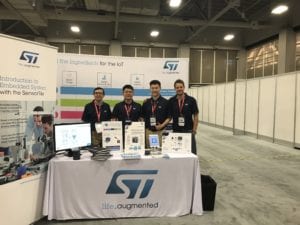
At the beginning of 2018, ST launched Introduction to Embedded Systems with SensorTile, an online course developed and taught by Professor Kaiser to his freshmen students. People interested just need the course material to start learning how to process signals from sensors and send them to an application over Bluetooth. With a PC, an internet connection, and a SensorTile kit at the cost of a textbook, students get access to a full hands-on experience. Professor Kaiser and ST believe that mastering integrated systems is a must for the engineers of tomorrow. Hence, by lowering the barrier to entry so much, we can bring this fundamental knowledge to the masses. Furthermore, by teaching a capstone course based on SensorTile, Professor Kaiser gets to interact with really fascinating designs that offer a glimpse of what we can expect from the visionaries of tomorrow.
What Do SensorTile Capstone Projects Look Like?
A significant number of students working on their capstone projects focused on motion recognition in athletic fields. In one instance, SensorTile monitored rowing movements to distinguish between proper and improper form and thus help rowers train better. Similarly, other projects guided basketball players in improving arm and hand motion, tennis players in racket motion, and one system tracked climbers to improve their efficiency. Back in 2017, AVNet and Vensi put a SensorTile module in an American football and demoed their “Superball” at our Developers Conference. It is thus impressive to see students apply those same principles to a broader array of disciplines.
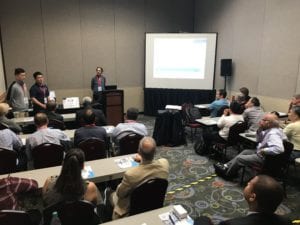
Furthermore, sports isn’t the only domain of interest. Other students turned their attention to the medical field and used SensorTile to monitor the insertion and retraction of catheters to help nurses as well as improve the quality of care that patients receive. Additionally, since the tutorials help students understand the hardware and optimize their software thanks to an approach using the C programming language, they come out of the course with knowledge that they can apply to the most stringent and regulated fields, like medicine, where unreliable devices and applications could jeopardize lives. These projects also teach students to explore new areas of research and learn to approach engineering problems by being mindful of the resources available.
What Does Machine Learning with SensorTile Look Like?
We were thus ecstatic to learn that SensorTile could become an exciting tool in the field of Machine Learning. There are currently no tutorials on Machine Learning in our Introduction to Embedded Systems, but as Professor Kaiser explained, this new field requires a tremendous amount of data points, which is precisely what SensorTile collects every second. As he explains:
“SensorTile is a gold mine of information for developers. Thanks to its sensors, such as its six-axis inertial module (the LSM6DSM), its e-Compass (the LSM303AGR), or its barometer (the LPS22HB), among others, the SensorTile is a great data source and it will take years to really tap into all the data it currently offers.”
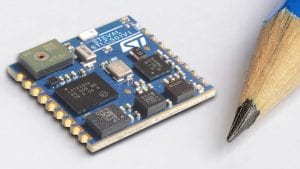
It is thus possible to use already existing libraries, such as TensorFlow, and the data from one or more SensorTile development kits, to train a system and use Machine Learning to develop smarter and more efficient applications. This is a new field that ST is actively researching, and we are leading the charge with sensors that contain Machine Learning Processors together with a microcontroller that integrates a neural network. New students can feel overwhelmed, but today, developers dealing with scalar data points have the tool to train a Machine Learning system reasonably quickly and with minimal resources. We are thus thrilled to see that students from all over the world have the possibility to use SensorTile to further advance Machine Learning applications.
What Does Your Future Look Like?
People interested in our online course Introduction to Embedded Systems with SensorTile can start by checking out the website for the curriculum. Beyond the tutorials, we continue to enrich it with new content, such as videos to help students familiarize themselves with the kit, as well as a list of projects that use the SensorTile Kit, and a Community to help answer questions. It’s also the best place to get all the necessary firmware and boards to start the course quickly and efficiently.
Professor Kaiser said it best:
“One critical motivation for us [his team as well as ST] is the fact that students require a background in IoT (Internet of Things) because their careers will be shaped by IoT. It will affect consumer electronics, transportation, entertainment, healthcare, industrial controls, only to name a few. Students will thus be hindered if they aren’t exposed to IoT.”
Introduction to Embedded Systems with SensorTile thus continues to grow in popularity and scope, and we hope you will join the train to be part of this technological revolution.


